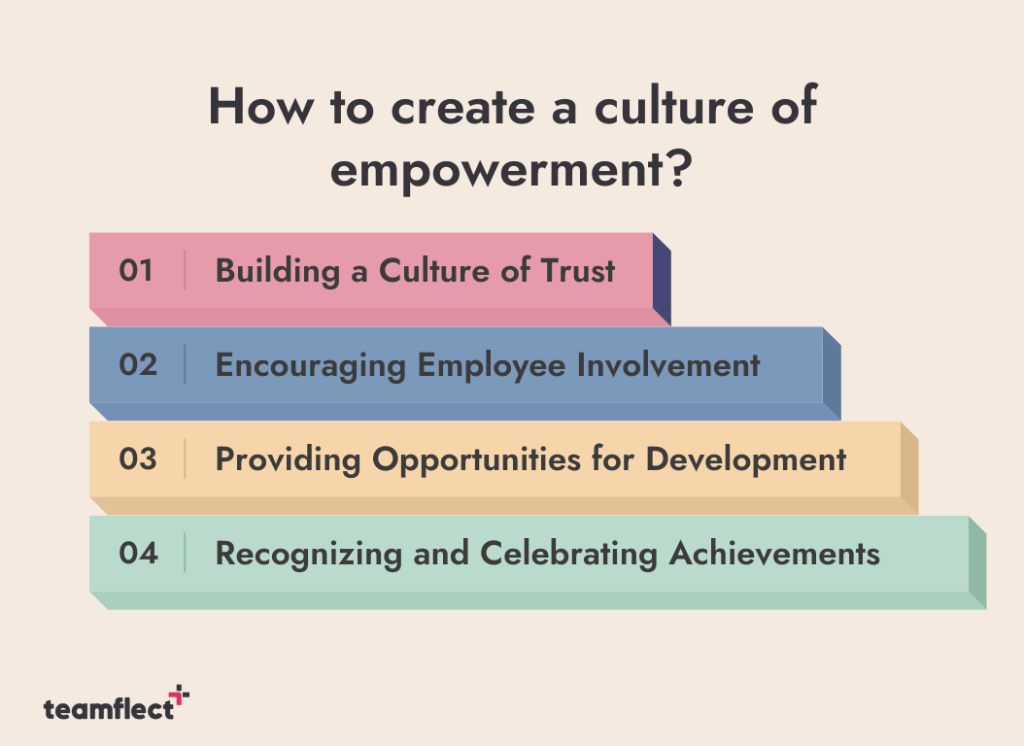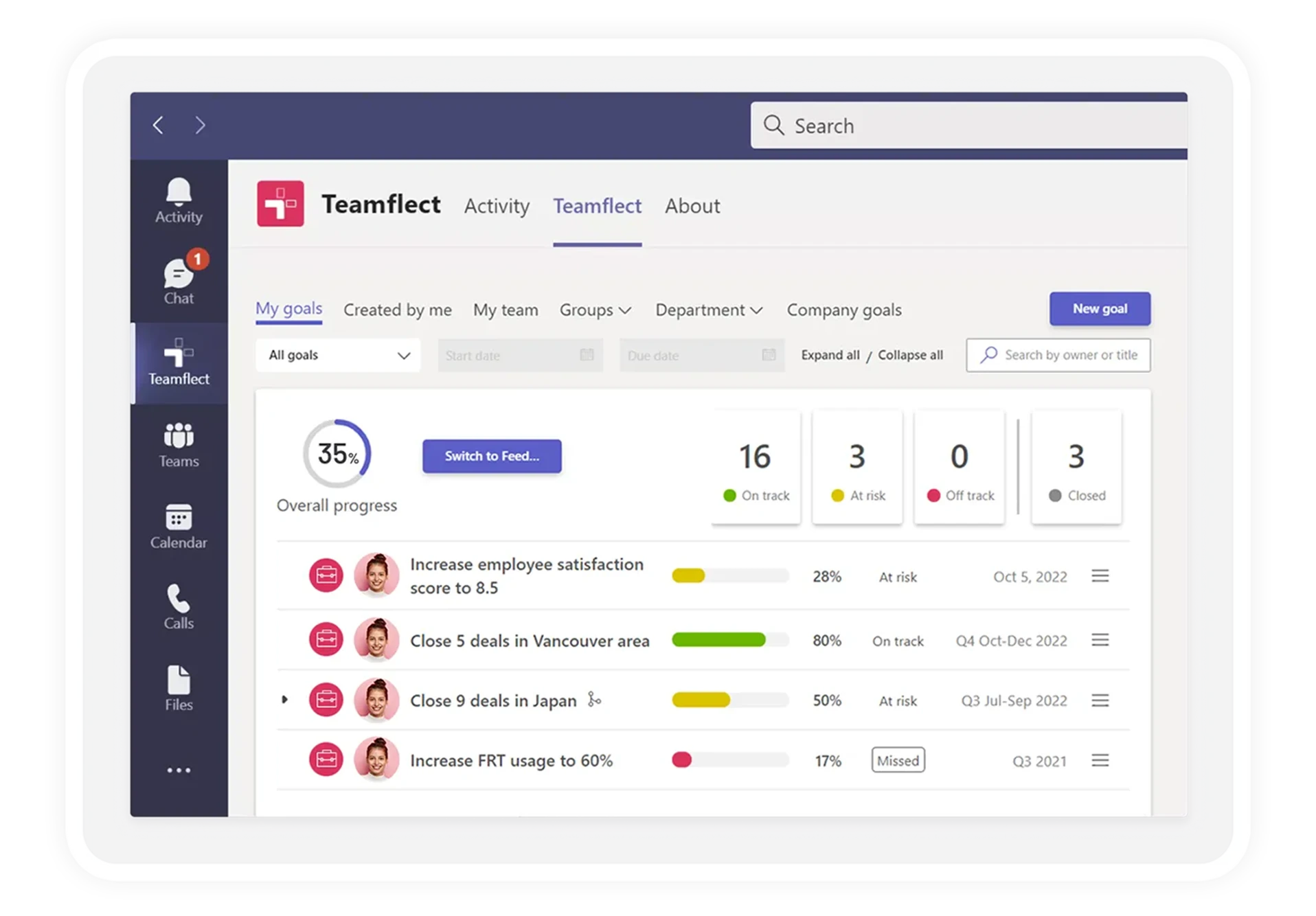Creating a culture of empowerment is an integral part of management and HR. One of our favorite HR trends in recent history might simply be the evolution from the term human resources to people and culture. We find the new title to be far more accurate for the department.
Whether we are talking about creating a culture of recognition or empowerment, implementing positive changes within the culture of an organization is one of the most integral parts of leading.
In simple terms, creating a culture of empowerment results in a workplace where employees feel empowered to make decisions, take ownership of their work, and grow professionally.
It’s a place where employees feel valued and appreciated for their contributions and are given the resources and support they need to succeed.
So in order to make sure everyone can foster empowerment in the workplace, we’ll dive into the five key components of creating a culture of empowerment: defining the concept of empowerment, building a culture of trust, encouraging employee involvement, providing opportunities for growth and development, and recognizing and celebrating employee achievements.
How to create a culture of empowerment?

Building a Culture of Trust
If you want to create a culture of empowerment, trust is key.
It’s kind of like building a house, if you don’t have a strong foundation, the whole thing is going to crumble. The same goes for trust in the workplace.
Without trust, employees will be hesitant to take risks, share their ideas, and truly embrace their empowerment.
Leadership
So, how do you build trust in the workplace?
It starts with leadership.
Leaders need to be transparent, honest, and reliable.
They need to set the tone for the rest of the organization and show that they trust their employees. This can be as simple as giving them the benefit of the doubt or giving them the freedom to make decisions without micromanaging.
Communication
Another way to build trust is through open and frequent communication.
If employees feel like they have a voice and their opinions are valued, the bond of trust between them, their colleagues, and their leaders will be far stronger.
It’s absolutely crucial for leaders to create an environment where employees feel comfortable speaking up, even when they have differing opinions. Leaders will find that those differing opinions will have some true gems among them.
Encouraging Employee Involvement
When it comes to empowering employees, getting them involved in decision-making and goal-setting is one of the best things a leader can do. After all, you can’t empower someone if they don’t feel like they have a say in what’s going on.
Make Feedback Accessible
How do you encourage employee involvement? One way is to give them a voice. Ask for their opinions, ideas, and constructive feedback on a regular basis.
This can be through surveys, focus groups, or one-on-one meetings. Making the exchange of feedback regular goes through implementing feedback tools that are constantly in the flow of work and fully integrated into the tools people use every single day.
Ownership. Involvement. Empowerment.
Encouraging employee involvement isn’t just about hearing people out. Employee involvement and empowerment in the workplace start by giving employees ownership over their work.
If leaders want to create a strong culture of empowerment, they need to make sure that they as leaders and managers, don’t own the tasks or agendas. Tasks management, goals, objectives, and agendas don’t belong to the top brass in a strong empowerment culture.
It belongs to the employees responsible for them. Ownership leads to empowerment in the workplace.

The best tool to empower your employees and give them ownership of their goals, tasks, and agendas is Teamflect. As an all-in-one performance management software designed to be integrated into Microsoft Teams, it is one of the best tools for implementing a culture of empowerment within your organization.



